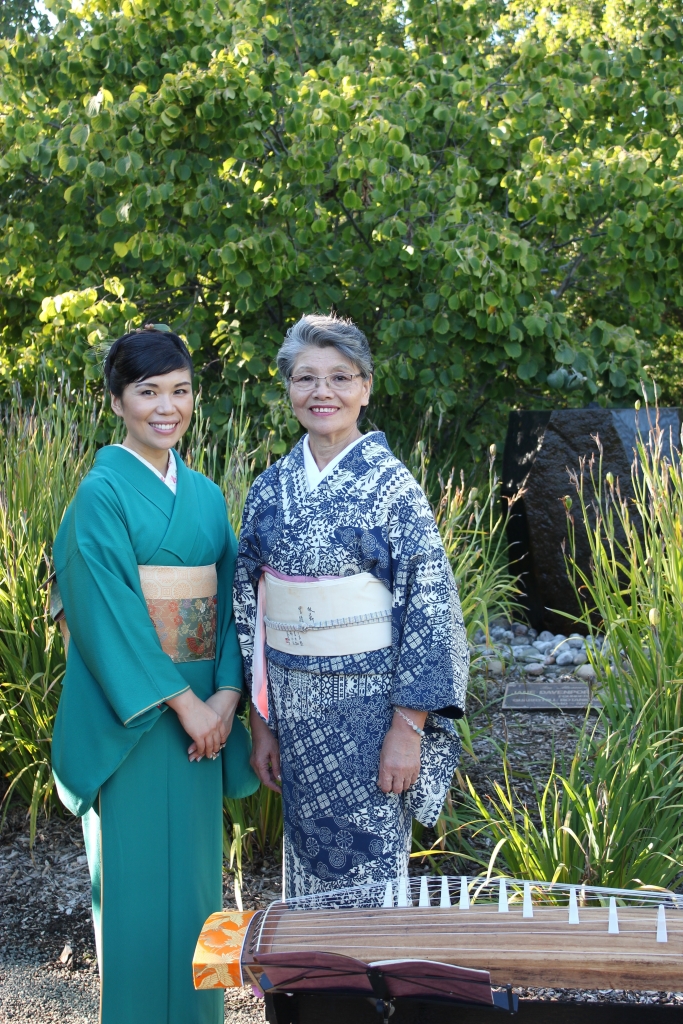Tsuyo Onodera, a master kimono maker, has been in the kimono industry for more than fifty years. Together with her daughter, Maki Aizawa, they have been making haori and hanten, kimono-influenced jackets and coats from denim, linen, paper, and cotton. Kimono are often worn in Japan for important public holidays and festivals and for formal occasions such as weddings and funerals. Maki’s vision is to put a contemporary spin on kimono traditions, creating designs that can be incorporated into everyday use. Tsuyo’s mastery of kimono sewing skills and Maki’s creativity combine to create kimono and kimono-influenced garments that preserve the traditions of kimono-making and enhance the appreciation of traditional textiles.
For dyeing the fabric, Tsuyo and Maki use sukumo, fermented indigo leaves, from Tokushima, Japan, as well as locally farmed indigo leaves from Napa and Sonoma in California. Jigokudate is an ancient recipe for making indigo dye, using a traditional technique of further fermenting sukumo in ash lye, calcium hydroxide, and wheat bran. They also use kakishibu, persimmon dye, produced in Kyoto, Japan. Once the fabric is dyed, it can be embellished with traditional sashiko or kogin embroidery or can even be hand painted. The fabric is then sewn into kimono designs that Tsuyo and Maki dream up together.
Tsuyo has trained hundreds of students to become licensed kimono makers through five-year apprenticeships at her school in Sendai, Japan. Her daughter, Maki, is a Sonoma, CA, based artist who grew up in her mother’s kimono-making school. Maki studied ikebana, floral design, shodo, calligraphy, and became an accomplished performer of the koto, a traditional stringed Japanese musical instrument.
Tsuyo and Maki have led multiple workshops teaching participants how to sew yukata, casual summer kimono, at the Workshop Residence in San Francisco, at the San Luis Obispo Museum of Art, and at the Sonoma Cultural Exchange. Tsuyo and Maki mark the yukata design directly onto the kimono fabric, which comes in rolls called tanmono. These rolls are 36 cm (14″) wide by 12 meters (40’) long, and every single piece of material on them is utilized in an age-old design process. Tsuyo and Maki are passionate about keeping these authentic traditions alive through teaching more upcoming kimono related classes.
